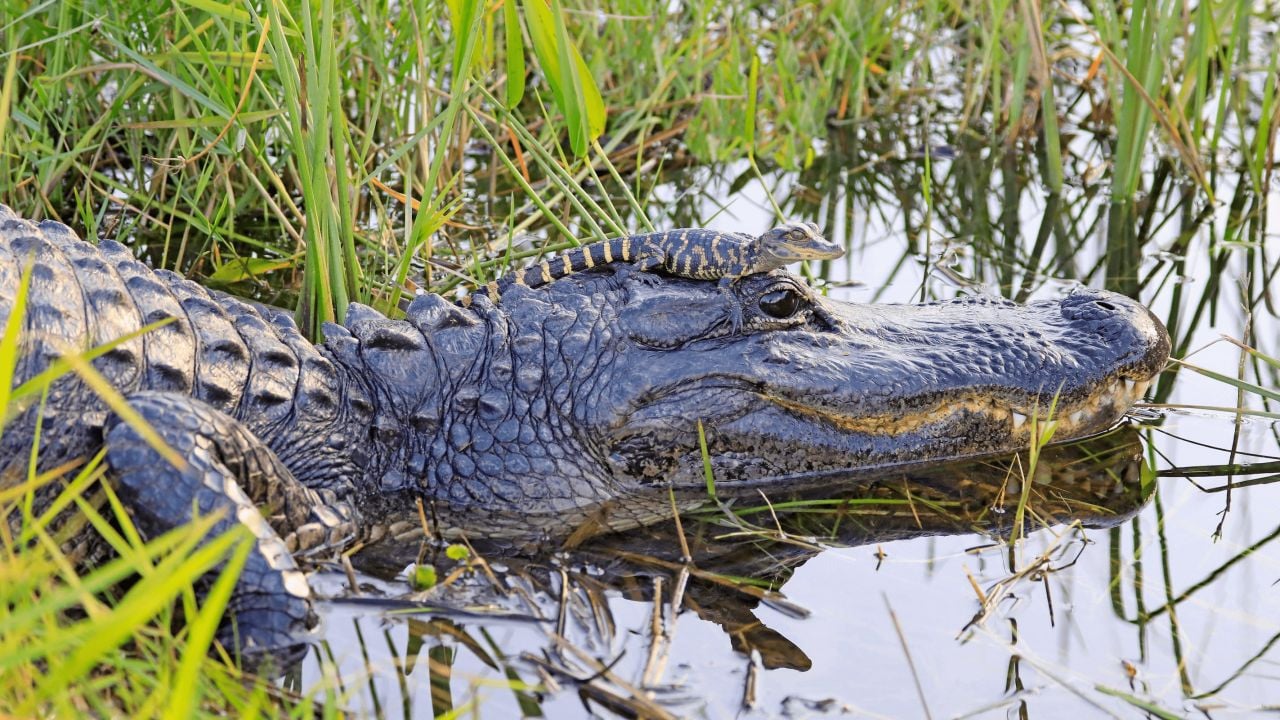
Wetlands like bogs and swamps are found across the United States, and although wetland habitats only make up about one percent of the earth’s surface, they are considered some of the most biologically diverse ecosystems on the planet. But the water flowing through them is potentially contaminated with alarmingly high levels of the “forever chemicals” known as PFAS. That’s bad news for wetland wildlife, which faces a host of health risks because of exposure to these toxic substances.
PFAS typically enter the environment through municipal wastewater discharges or industrial waste streams that flow directly into our waterways, including wetlands. PFAS can also be transported through the air and deposited long distances, including into remote areas.
Wetlands include estuaries, swamps, bogs, and other areas periodically covered with water. These ecological underdogs are easy to overlook, as they cover just 5 percent of the continental U.S. But those 100 million acres of wetlands are home to crucial biodiversity, essential ecological functions and a variety of wildlife.
Not only do wetlands provide a habitat for wildlife, but they also provide clean drinking water, flood protection, food and a space for recreational activities. Wetlands have a remarkable array of plants and animals that filter water and maintain a high water quality; they are nature’s waste treatment facilities. They also have a unique ability to moderate stormwater and flooding by regulating the rate at which water flows, and they offer an abundance of fishing opportunities.
Protecting these regions from pervasive chemicals like PFAS is essential to ensuring that these ecological services can continue.
PFAS are known as “forever chemicals” because they build up in the body and don’t break down in the environment. They’re found in many everyday items – food packaging, nonstick cookware, personal care products and much more. The production, consumption, and disposal of these items are all routes for PFAS to enter the environment.
They’re linked to a plethora of health issues in humans, including greater risk of cancer, harm to the immune system, hormone disruption and reproductive problems.
A recent EWG interactive map documents over 120 PFAS in more than 625 wildlife species across the globe. A peer-reviewed paper by EWG scientists suggests the harm that PFAS cause to humans could indicate how wetland wildlife might be affected through similar exposure.
In the United States, many sites contaminated with PFAS correspond to habitats along coastlines or in waterways. Here are just five wetlands species we mapped that are affected by the PFAS contamination catastrophe.
American alligators
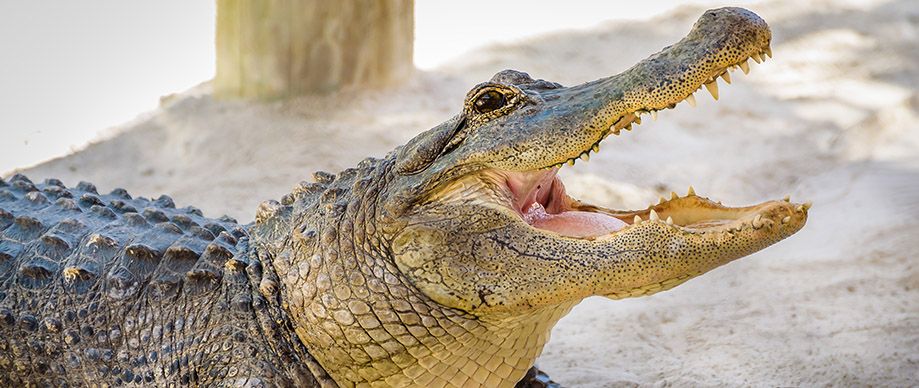
Think of wetland swamps and marshes, and it’s hard not to picture the American alligator, a key species in these ecosystems. They can weigh up to 1,000 pounds and live for 50 years. But even these colossal animals are not immune to forever chemicals, which pose a serious threat to their health.
One study featured in EWG’s wildlife map examined plasma samples from American alligators living in the Merritt Island National Wildlife Refuge, off the eastern coast of Florida. Over the span of a year, the samples showed exceptionally high levels in nine of the 15 PFAS tested. PFAS exposure could damage territorial alligators’ immune systems, for example, creating a much longer healing process for skin wounds and lesions.
West Indian manatees
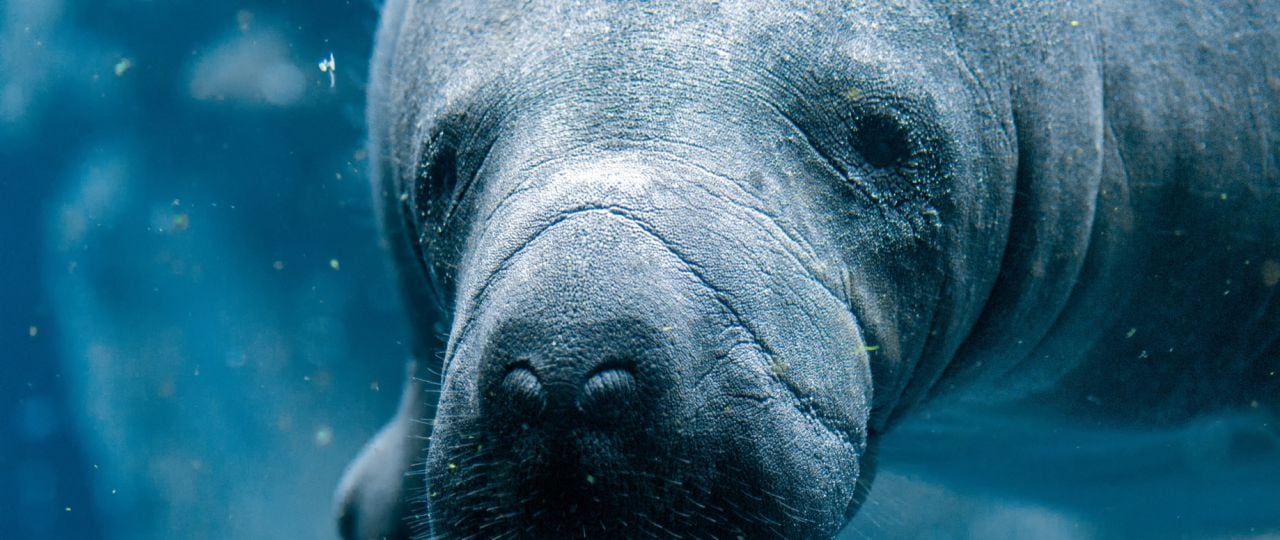
Another southeast native, the West Indian manatee, inhabits shallow waterways and estuaries around coastal Florida and the Caribbean. PFAS threaten this already endangered gentle giant’s survival. In one of the few studies analyzing chemical contaminants in this species, seven of the 15 tested PFAS were found in manatee plasma samples.
Scientists theorize that manatees absorb toxic PFAS through their diet. It’s suggested that certain PFAS can bind to sediment and accumulate in underwater aquatic vegetation, a potential route of exposure. Like American alligators, manatees live in close proximity to human populations, making them especially vulnerable to industrial PFAS pollution.
Bottlenose dolphins
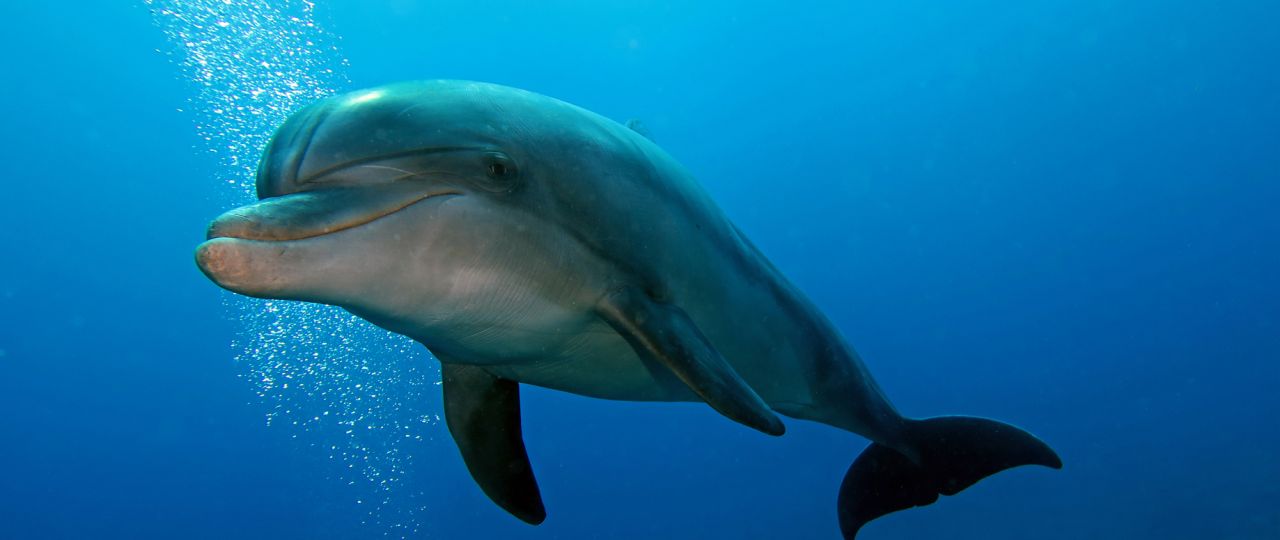
The bottlenose dolphin, a beloved species, was found to have some of the highest levels of PFAS measured globally in a aquatic mammal in the early 2000s.
In another study, dolphins were sampled over the course of 10 years in Florida and South Carolina for PFAS in plasma. Researchers found a decrease in concentration of some of the tested PFAS, likely because the chemicals were phased out. But levels of some types of replacement PFAS, which are just as harmful, increased in the samples.
Diamondback terrapins
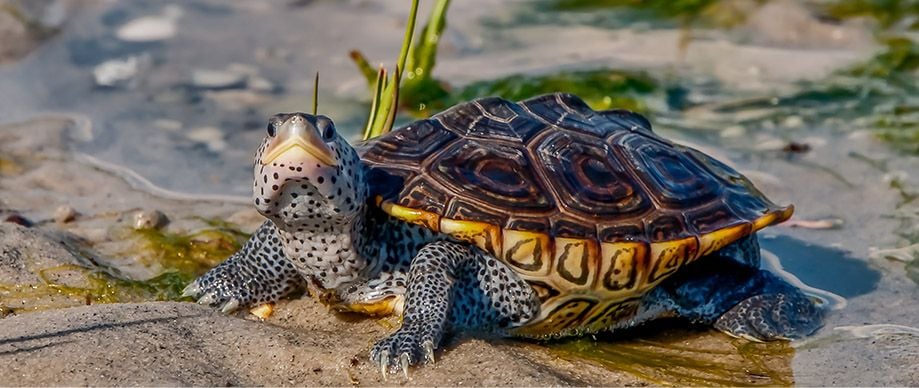
The Diamondback terrapin, a threatened species, is also at risk from PFAS contamination. Diamondback terrapins are one of the few turtles that can live in saline waters, taking up residence in salt marshes and estuaries along the Atlantic Coast.
Researchers tested 75 Diamondback terrapins for 15 different PFAS and found at least one type of PFAS in all of the animals. Males had higher levels. Several types of PFAS – PFOS, PFNA and PFHxS – were associated with decreased body mass.
Herring gulls

You probably only think of herring gulls as the birds that steal your fries on the beach. But they are much more talented as foragers. Their searches for food can take them anywhere, including marshes. And although these birds are common, their population has declined steadily since 1966, reaching a total decrease of 76 percent in 2019.
One study featured on EWG’s map examined both legacy and newer PFAS in juvenile seabirds on the Atlantic coast. It found several PFAS in the seabirds tested, including novel PFAS in chicks that were located downstream from a PFAS production facility.
This study also found an association between PFOS and some longer-chained PFAS in chick livers when the parent bird foraged more in offshore sea environments than on coastal land. There are also signs that PFAS harm seabirds by damaging their lipid processing, crucial for maintaining the birds’ energy reserves.
What can be done?
EWG’s wildlife map, and our earlier groundbreaking map charting the PFAS contamination crisis across the U.S., reveals how ubiquitous forever chemicals are in our environment.
EWG estimates there may be more than 40,000 industrial polluters of PFAS in the U.S., and that pollution inevitably enters our waters, creating health risks.
But it’s not too late to help the planet and protect humans and animals, by ending industrial discharges of PFAS. Regulatory actions to tackle the industrial causes of PFAS pollution in wetlands and waterways should consider the harm these chemicals pose to precious wildlife in our essential ecosystems.



